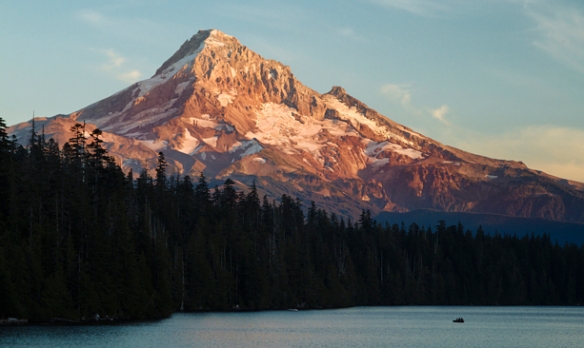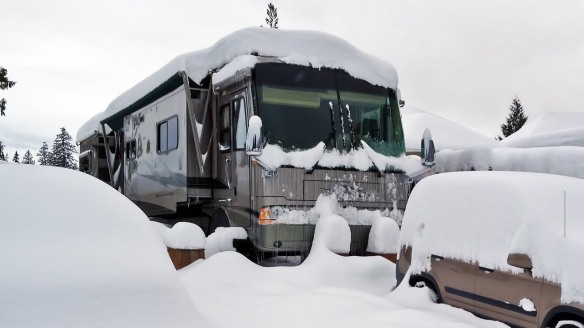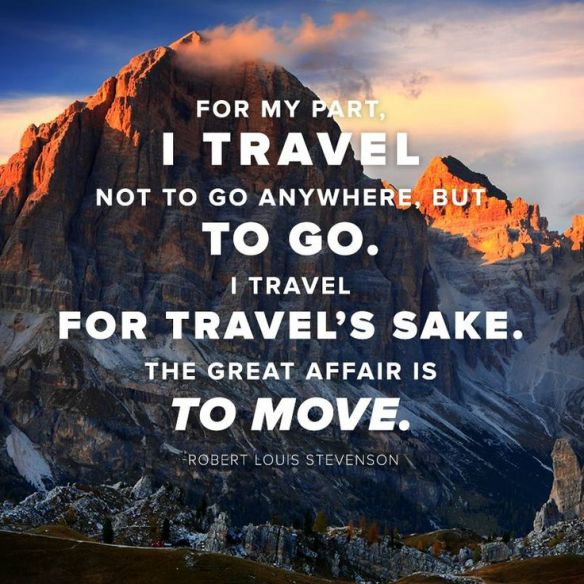
When airlines first started offering Internet access on planes, there was an outcry from many folks who were connected almost around the clock and therefore cherished the precious time in the air when no one could call, email or text them. Many saw this quiet time as one of the most enjoyable elements of what were otherwise arduous business trips.
Similar debates raged over whether or not to allow cell phone use on planes. Do we really want to interrupt the relative quiet of an airplane with ringing phones and inane conversations?
Most of us know at least one person who has posted something to Facebook or Twitter along the lines of “Aircraft doors closing, stack of magazines and neck pillow at the ready,” with some sort of anti-digital hashtag.
The fact that so many folks announce delight in time away from devices and social media via a device on social media seems as good an indicator as any that there may be something to the growing popularity of digital detox vacations.
Why Do a Digital Detox?
Should I Do This While Traveling — and How?
In some respects, a vacation is a perfect time to eschew all types of digital stimulation; you are out and around, often in an entirely new environment, and have far less exposure to the moments of boredom or distraction that lead folks back to their screens again and again.
On the other hand, most of us know how helpful our devices are when traveling in an unfamiliar place. In fact, it could be argued that a smartphone shifts from a source of distraction to a superb tool when navigating new cities, finding things to do and dealing with travel snafus.
– Be ready for withdrawal symptoms
– Plan to enjoy (and not regret) missing out on what everyone else is doing
– Be prepared with things like paper maps and written phone numbers
– Set small goals (maybe a 24- or even 12-hour detox instead of a week the first time out)
– Plan something that will occupy and entertain you
This last item in particular suggests that travel might be the perfect time to try a digital detox; spending your afternoon snorkeling can make it really easy to skip fitful checks of your phone.











